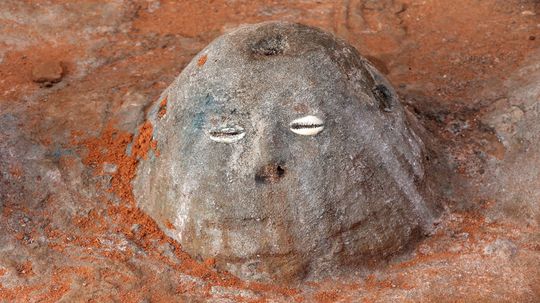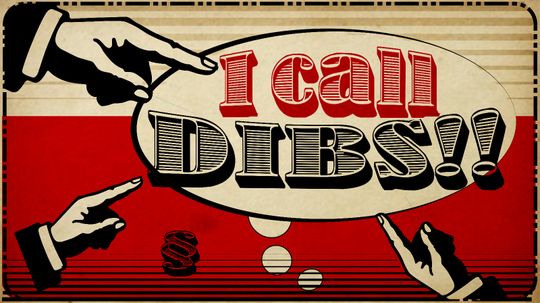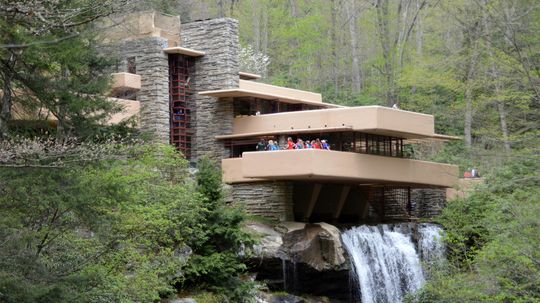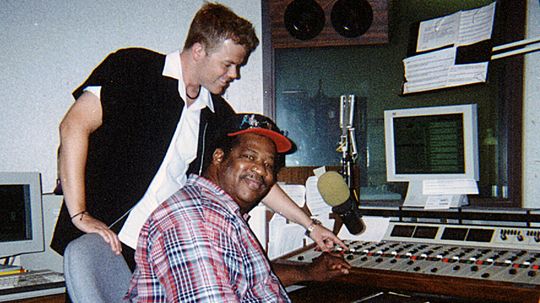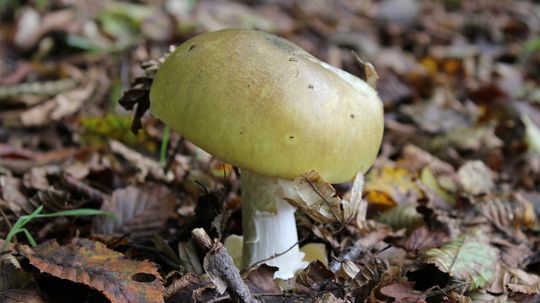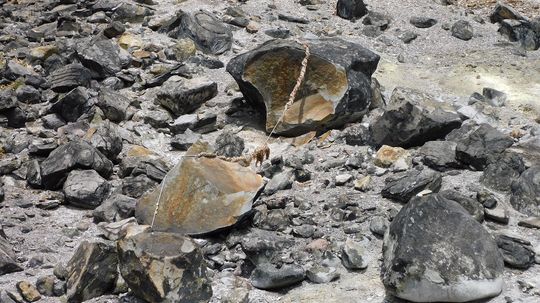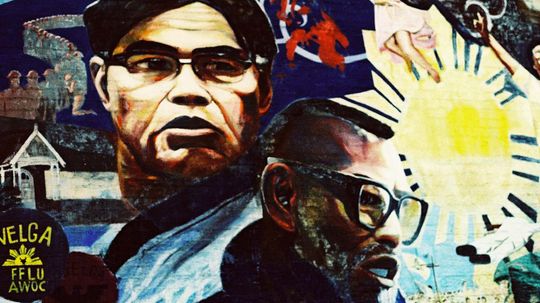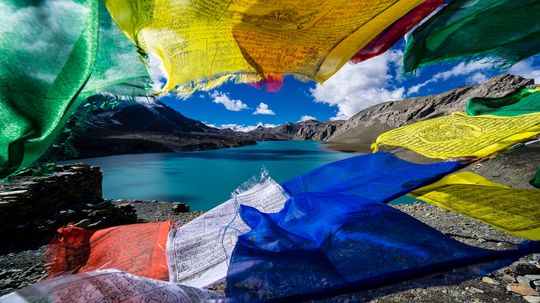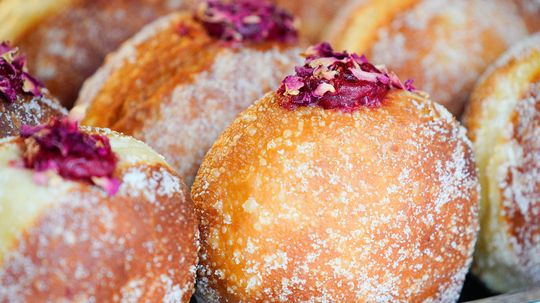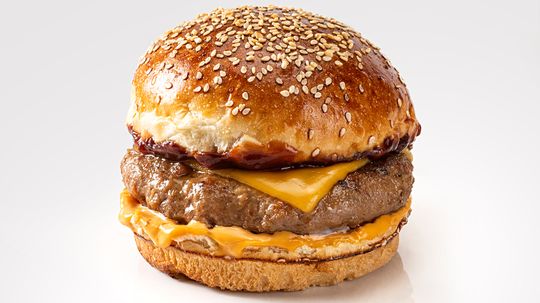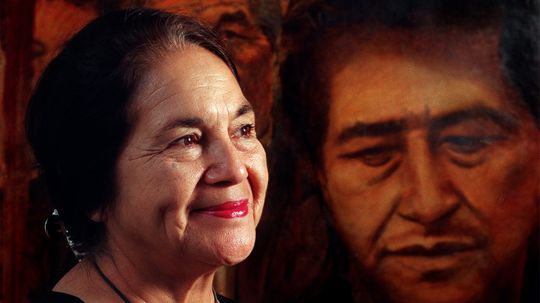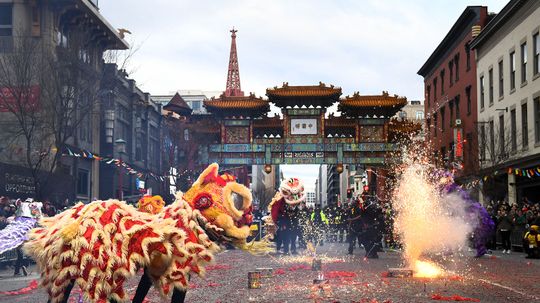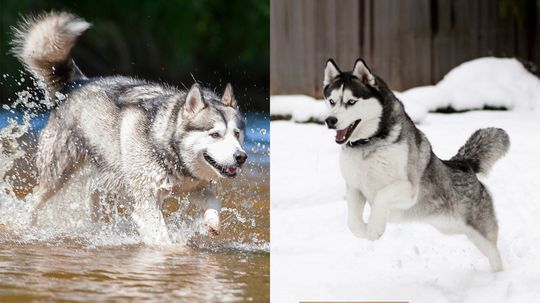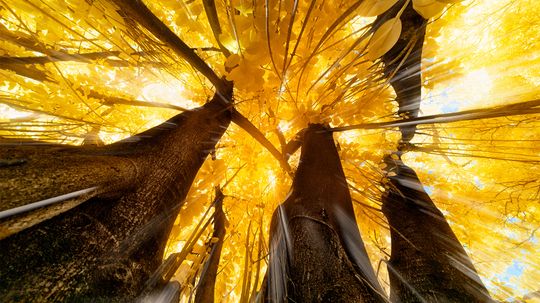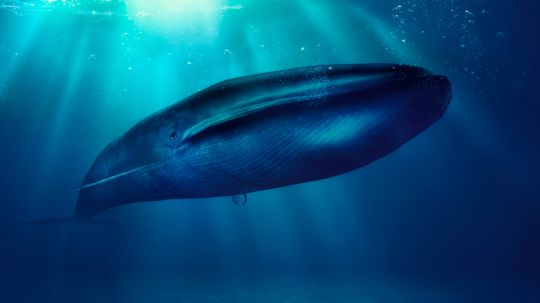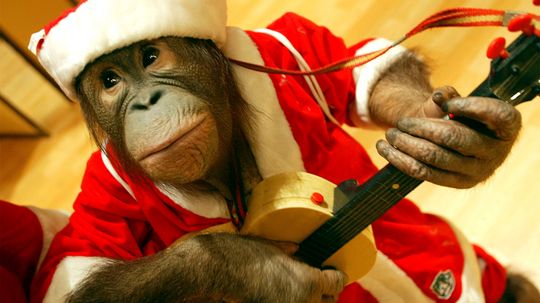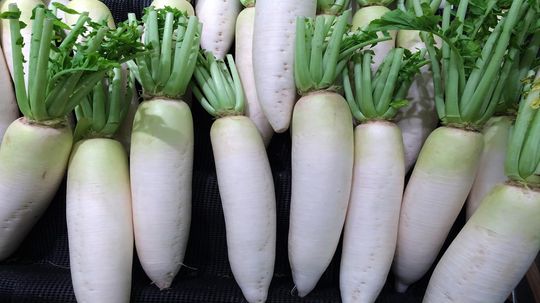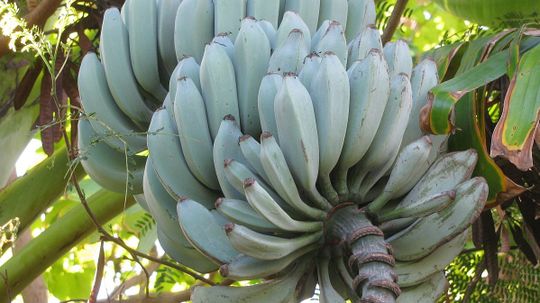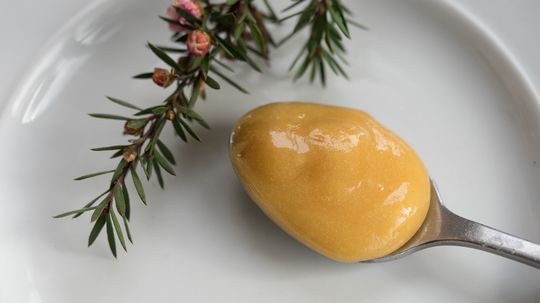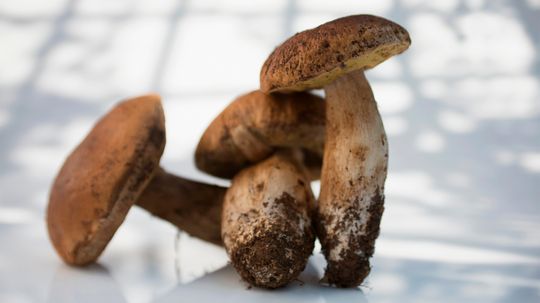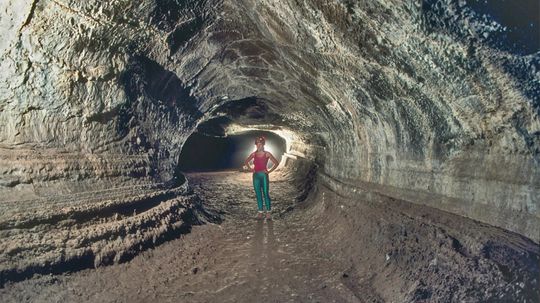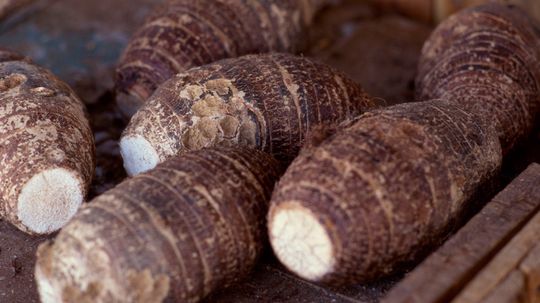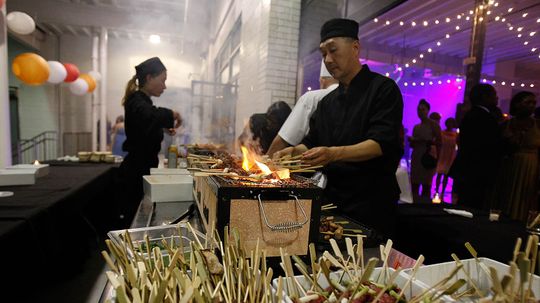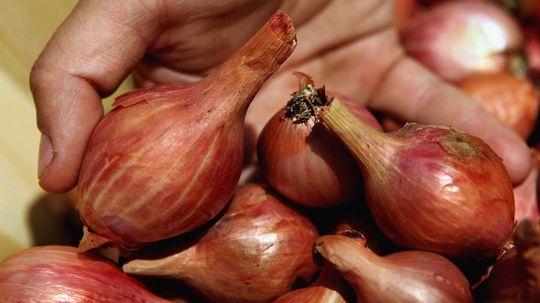Tara is a multimedia storyteller and freelance writer of culture, science, travels, soul-sucking books, movies/TV and great eats. In addition to HowStuffWorks, Tara has been published in The New York Times 360, PBS NewsHour, Paste, Bedford + Bowery, Hyperallergic and The New Food Economy. She’s also worked as a fact-checker for The New York Times. Before subsisting on instant ramen as a freelance journalist, Tara received an M.A. in Literary Reportage from New York University’s Arthur L. Carter Journalism Institute and a B.A in Political Science/South & Southeast Asian Studies from the University of California – Berkeley. Follow her on Twitter @TaraYarla, for writing-related musings and check out her website here: tarayarlagadda.com.
Recent Contributions
Papa Legba is a figure that stands as a mysterious link between the human and spirit worlds in the religion of Vodou, but who is he and what's his story?
Set over Bear Run, a tributary of the Youghiogheny River in the mountains of southwestern Pennsylvania, Fallingwater is perhaps the architect's best-known work.
Advertisement
If you're a gamer, you've got Jerry Lawson to thank for inventing the first commercial home video game console with interchangeable game cartridges.
Amanita phalloides is non-native to the North American continent, introduced to California from Europe, and rapidly spreading.
Australia's western coast boasts such pink wonders. But what gives these lakes their pink hue?
When the "killing stone," or "SesshÅ seki," split March 5, 2022, on the plains of Mount Nasu in Japan, was the devious spirit Tamamo-no-Mae released into the world to wreak havoc?
Advertisement
Asian Americans continue to challenge injustice and a rising tide of hate crimes directed at them, while mainstream narratives fail to address their bravery, history and struggles.
You've probably seen Tibetan prayer flags fluttering in the breeze, but what do they symbolize and who should hang them?
This warm, fluffy, Polish treat is stuffed with a cream- or fruit-based filling and is a pre-Lent staple served on both Fat Tuesday and Fat Thursday.
On National Cheeseburger Day, we're celebrating - what else? - the all-American cheeseburger.
Advertisement
At 91, Dolores Huerta, the activist who inspired Barack Obama's "Yes, we can" campaign, continues to work tirelessly developing leaders and advocating for the working poor, women and children.
There are some 50 Chinatowns in America and hundreds more in other countries. What led to their creation and will they survive into the next century?
There are two types of huskies and they both look an awful lot like malamutes, so it's no wonder people can't tell them apart.
Many scientists say that the response to climate change will require planting new trees. A whole lot of them.
Advertisement
It is the largest animal ever to exist on the planet.
It may seem like just the cutest thing in the world to you, but owning a pet monkey is a really bad idea. Here's why.
Also known as winter radish, icicle radish, Chinese radish and Japanese radish, daikon has the crunchy texture of a red radish, but with a much milder taste.
This banana has soft, sweet flesh and tastes a lot like vanilla custard or ice cream. One scoop or two?
Advertisement
This native New Zealand 'liquid gold' honey may make you want to abandon the bear. But does it really have medicinal properties, and why is it so expensive?
Aaah, mushrooms - all those beautiful shapes and colors, textures and flavors. But what about the dirt and debris that always seem to come along? We find out whether it's best to wash them, brush them or just go au naturel with them.
By studying these geological formations here on Earth, we may be able to learn how to live on other planets.
Taro is a starchy root tuber that looks a lot like a potato, but it's rich in polyphenols, giving it a bigger bang as a healthy alternative.
Advertisement
The word "hibachi" has its origins in Japan, where it translates to "fire pot."
Shallots belong to the same family as onions, leeks, scallions and garlic. They look like small, elongated onions but have a sweeter, milder flavor.

